The Cost and Process of Gender Selection in Tijuana: A 2025 Guide
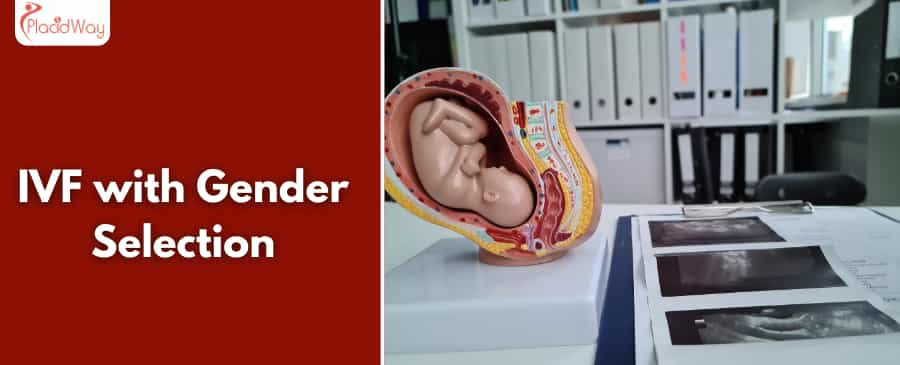
For many hopeful parents, the dream of building a family includes a vision for its balance. Whether it's to experience the joy of raising both a son and a daughter or to prevent passing on a gender-linked genetic condition, the ability to choose the gender of your child is a powerful option. This has made gender selection in Tijuana an increasingly popular choice for individuals and couples from around the world. Because Mexico's laws permit gender selection for non-medical reasons (family balancing), Tijuana has become a leading, accessible destination for this advanced reproductive care.
But what does this journey truly entail? Navigating the world of fertility treatments can be complex, and understanding the step-by-step process and the full financial picture is crucial. This guide provides clear, straightforward answers to all the key questions about the cost and process of gender selection in Tijuana, helping you plan your path to parenthood with confidence and clarity.
What is the average cost of gender selection in Tijuana?
“The average cost of a full IVF with PGD for gender selection in Tijuana ranges from $8,500 to $15,000 USD. This price typically includes the IVF cycle, the PGD genetic testing, and the embryo transfer.”
The cost of gender selection in Tijuana is significantly more affordable than in the United States, where a similar cycle can easily exceed $25,000. This price difference makes it an attractive option for many. However, the final cost can vary based on the clinic's reputation, the specific technologies used, and what is included in their package. It is essential to get a detailed quote from your chosen clinic to understand the full financial commitment.
What is the process for gender selection?
"The process for gender selection is an In Vitro Fertilization (IVF) cycle combined with Preimplantation Genetic Diagnosis (PGD). It involves stimulating the ovaries to produce multiple eggs, retrieving the eggs, fertilizing them in a lab to create embryos, testing those embryos to identify their gender, and finally, transferring an embryo of the desired gender into the uterus."
This multi-step medical process is highly precise and requires a skilled team of fertility specialists and embryologists. The journey is carefully orchestrated, from the initial consultation to the final pregnancy test, to ensure the highest chances of success.
How does PGD work for gender selection?
"Preimplantation Genetic Diagnosis (PGD) is a scientific technique where a few cells are carefully removed from a 5-day-old embryo (a blastocyst) and tested in a lab. This test analyzes the embryo's chromosomes to accurately determine its gender (XX for female, XY for male) and to screen for any major chromosomal abnormalities."
PGD is the cornerstone of gender selection. Its primary purpose is to identify healthy embryos, but a key piece of information it reveals is the chromosomal sex. This allows intended parents to choose which embryos to transfer based on their family balancing goals. The accuracy of the PGD test itself is over 99%, ensuring a very high likelihood that the transferred embryo is of the desired gender.
What are the key steps in the gender selection timeline?
“The gender selection process typically spans 4 to 8 weeks and can be broken down into five main phases: initial consultation and testing, ovarian stimulation, egg retrieval and fertilization, PGD testing and embryo development, and finally, the embryo transfer.”
Here is a typical breakdown of the patient journey:
- Initial Consultation & Prep (Remote or In-Person): You will consult with a fertility specialist, discuss your goals, and undergo initial tests (hormone levels, semen analysis). The doctor will create a personalized medication protocol for you.
- Ovarian Stimulation (10-14 days): You will self-administer daily hormone injections at home to stimulate your ovaries to produce multiple eggs. You will have regular monitoring (ultrasounds and blood tests), which can sometimes be done with a doctor in your home city.
- Egg Retrieval & Fertilization (1 day in Tijuana): You will travel to Tijuana for the egg retrieval, a minimally invasive procedure done under sedation. That same day, the eggs are fertilized with sperm in the lab to create embryos.
- Embryo Culture & PGD (5-7 days): The embryos are grown in the lab for 5 to 6 days until they reach the blastocyst stage. A biopsy is then performed, and the cells are sent for PGD testing.
- Embryo Transfer (1 day in Tijuana): Once the PGD results are in, you will return to the clinic to have a healthy embryo of the chosen gender transferred into your uterus. A pregnancy test is typically done 10-14 days later.
How long do I need to stay in Tijuana?
"Patients typically need to plan for one or two trips to Tijuana. Some clinics structure it as two short visits: a 3-5 day trip for initial testing and medication pickup, and a second, longer stay of about 15-21 days for the main procedures (egg retrieval and embryo transfer)."
Alternatively, you can opt for a single, longer stay to cover the entire process. The two-trip option is often preferred by those living closer, as it breaks up the time away from home. Your clinic's international patient coordinator will work with you to create a travel schedule that fits your needs and the treatment timeline.
Are there "hidden costs" not included in the package price?
"Yes, the most significant cost not included in most gender selection packages is the fertility medication, which can range from $2,000 to $4,000 USD. Other potential costs include initial diagnostic testing, anesthesia fees, and cryopreservation (freezing) of any remaining embryos."
It is vital to get a clear, itemized list of what is covered. While the base price in Tijuana is attractive, these additional costs are a necessary part of the budget.
- Fertility Medications: These are prescribed based on your individual needs and are usually purchased separately.
- Preliminary Tests: Blood work and ultrasounds done before the cycle begins may be an extra charge.
- Embryo Freezing: If you have additional healthy embryos, freezing them for a future sibling cycle is highly recommended and typically costs extra for the procedure and annual storage.
Is gender selection legal in Mexico?
“Yes, gender selection for non-medical reasons, such as family balancing, is legal in Mexico. This permissive legal framework is a key reason why many international patients travel to Tijuana for the procedure, as it is restricted in countries like Canada, the UK, and Australia.”
Mexico's laws allow intended parents the freedom to choose the gender of their child through IVF and PGD. This provides a safe, legal, and regulated environment for families to pursue their family-building goals without ambiguity.
What is the success rate for gender selection in Tijuana?
“The success of a gender selection cycle is measured by the live birth rate per embryo transfer, which typically ranges from 40% to 60% at top clinics. While the PGD test is 99% accurate in identifying gender, the chance of a successful pregnancy depends on the woman's age and the quality of the embryos.”
It's crucial to distinguish between the accuracy of the test and the success of the IVF cycle. PGD can tell you with near certainty if an embryo is male or female. However, not every embryo transfer results in a live birth. Success is highly dependent on factors like maternal age, ovarian reserve, and overall embryo health. A reputable clinic will give you a realistic assessment of your individual chances of success.
Who is a good candidate for gender selection?
“A good candidate for gender selection is typically a woman under the age of 40 with good ovarian health who can produce multiple healthy eggs. This increases the likelihood of having several high-quality embryos to test, ensuring there is at least one healthy embryo of the desired gender available for transfer.”
Because the process requires creating multiple embryos to allow for selection, the quantity and quality of the eggs retrieved are very important. The fertility specialist will evaluate your reproductive health through hormone tests (like AMH) and an ultrasound to determine if you are a strong candidate for a successful outcome.
What initial tests are required?
"Before starting a gender selection cycle, both partners will need to undergo a series of tests. For the female partner, this includes hormone blood tests (AMH, FSH, LH) and a transvaginal ultrasound. For the male partner, a semen analysis is required."
These diagnostic tests give the medical team a clear picture of your reproductive health. The hormone levels and ultrasound help determine the right dose of stimulation medication for the woman, while the semen analysis assesses sperm health to decide if standard IVF or ICSI (Intracytoplasmic Sperm Injection) is needed for fertilization.
Choosing to build your family through gender selection is a significant and exciting decision. By understanding the detailed process, planning for the full range of costs, and selecting a reputable clinic, you can navigate your journey in Tijuana with confidence.
Ready to explore your options with leading fertility experts in Tijuana? PlacidWay can connect you with accredited IVF clinics. Find detailed profiles, read patient reviews, and get personalized guidance to start your journey.


.png)
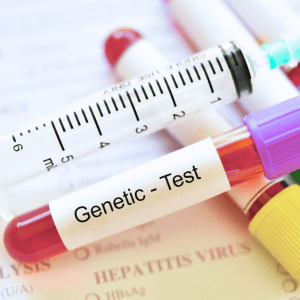
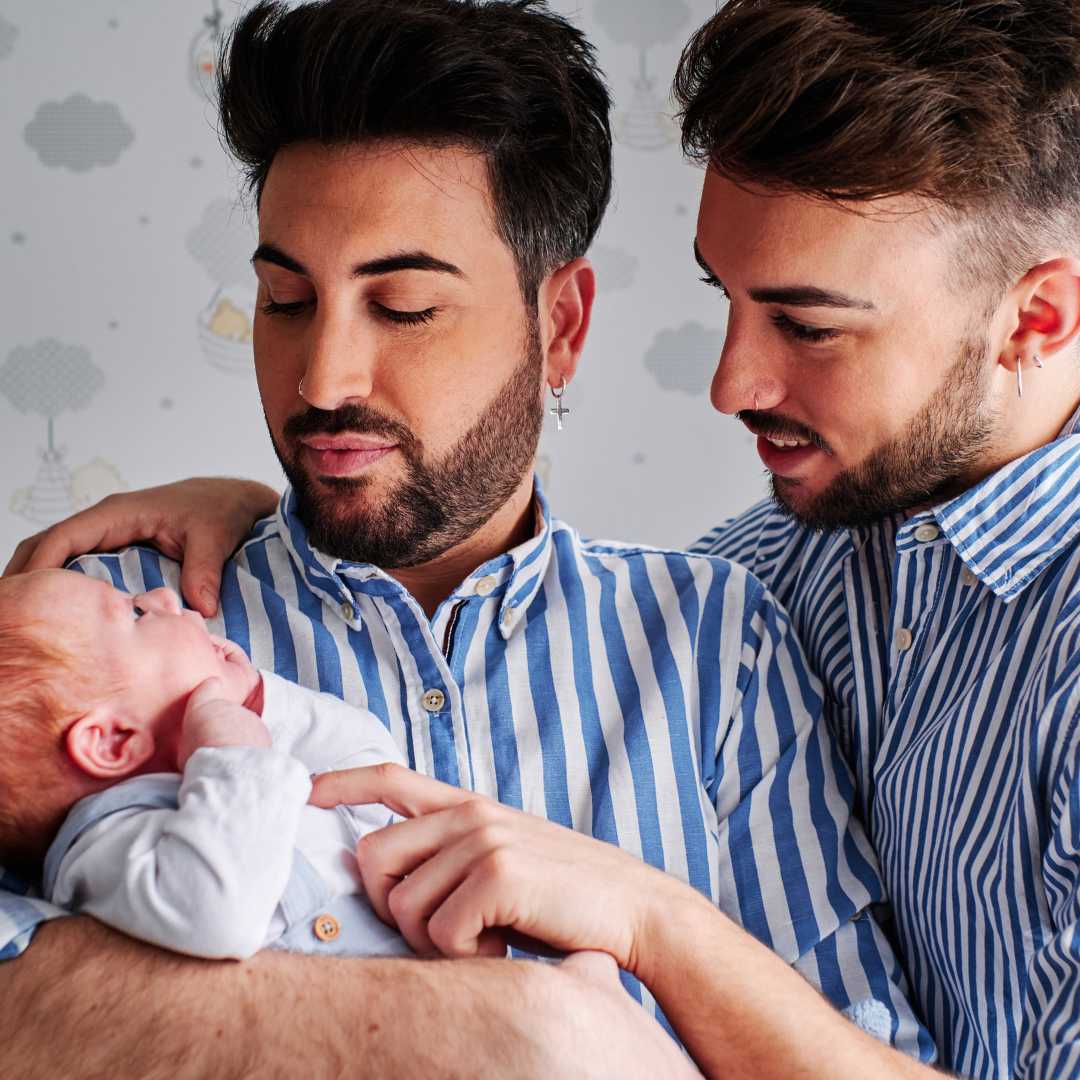

-Package-at-Advanced-Fertility-Center-Cancun,-Cancun,-Mexico.png)
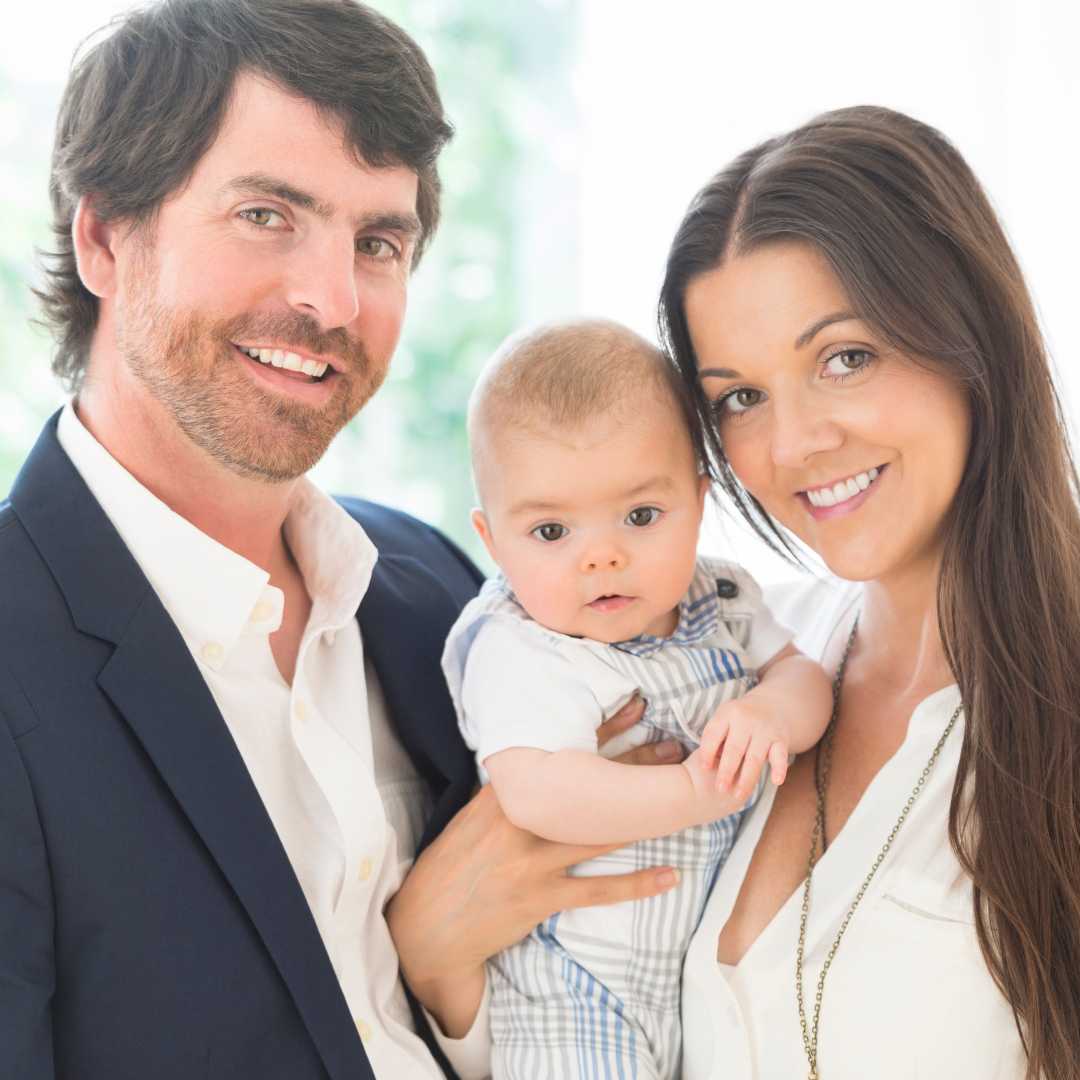
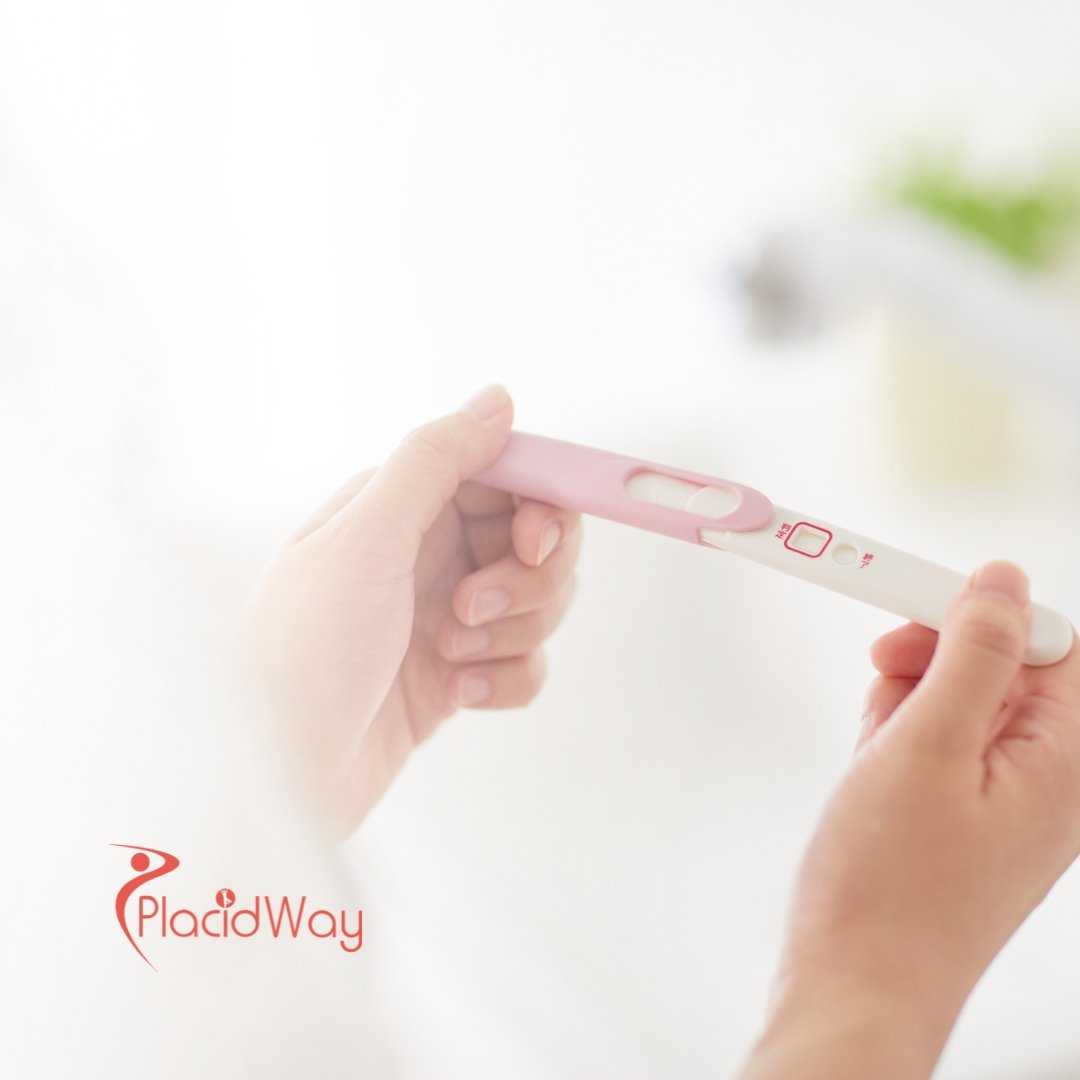
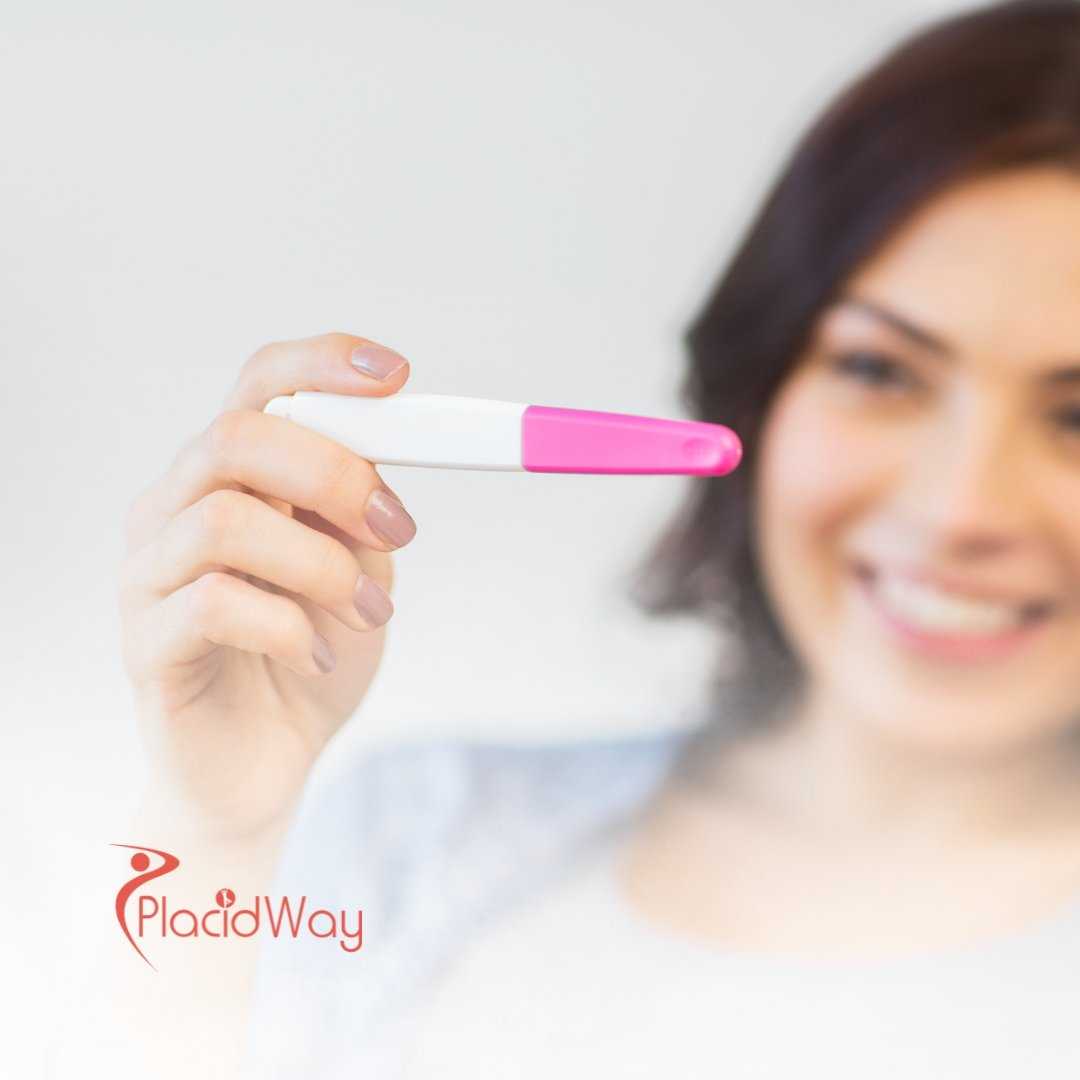
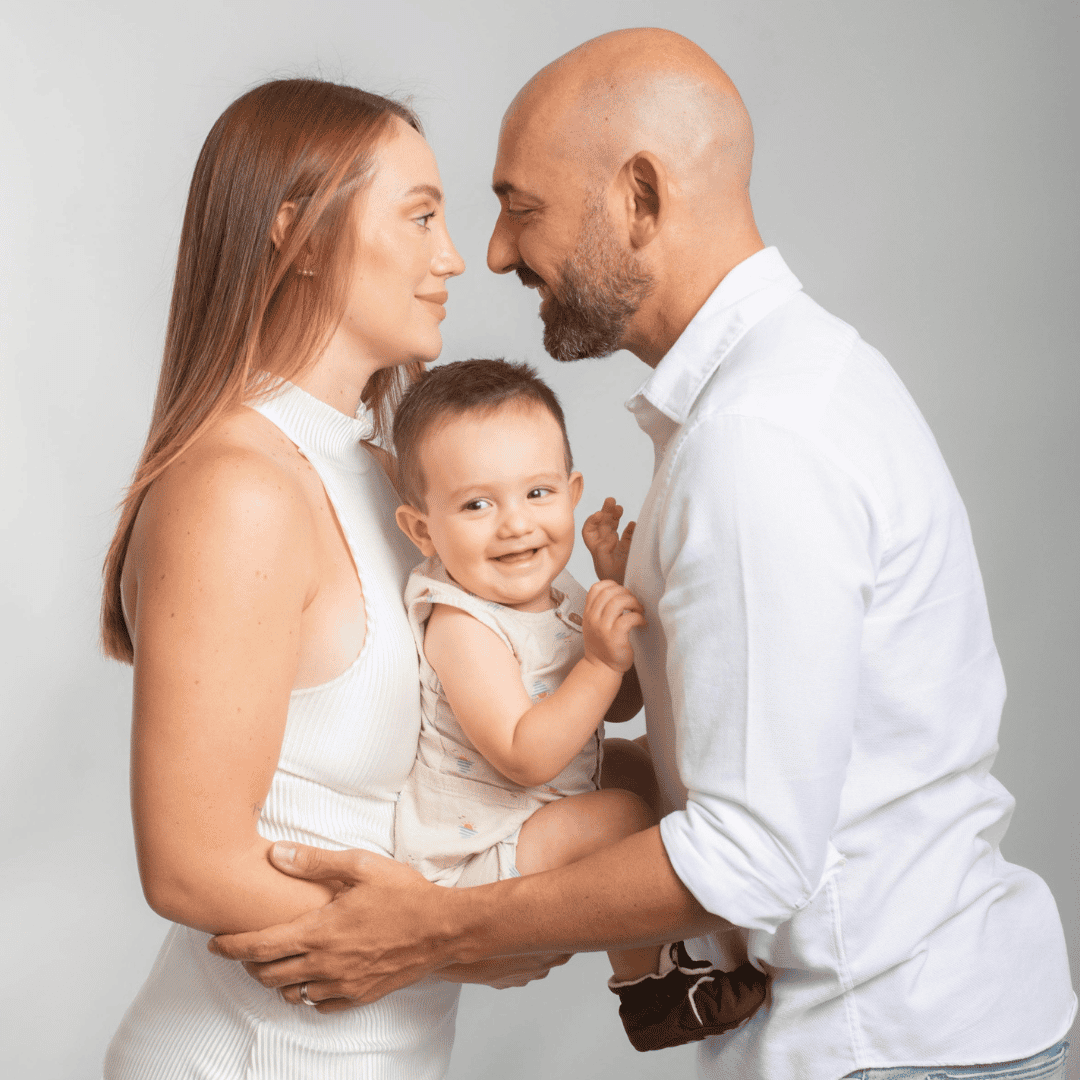
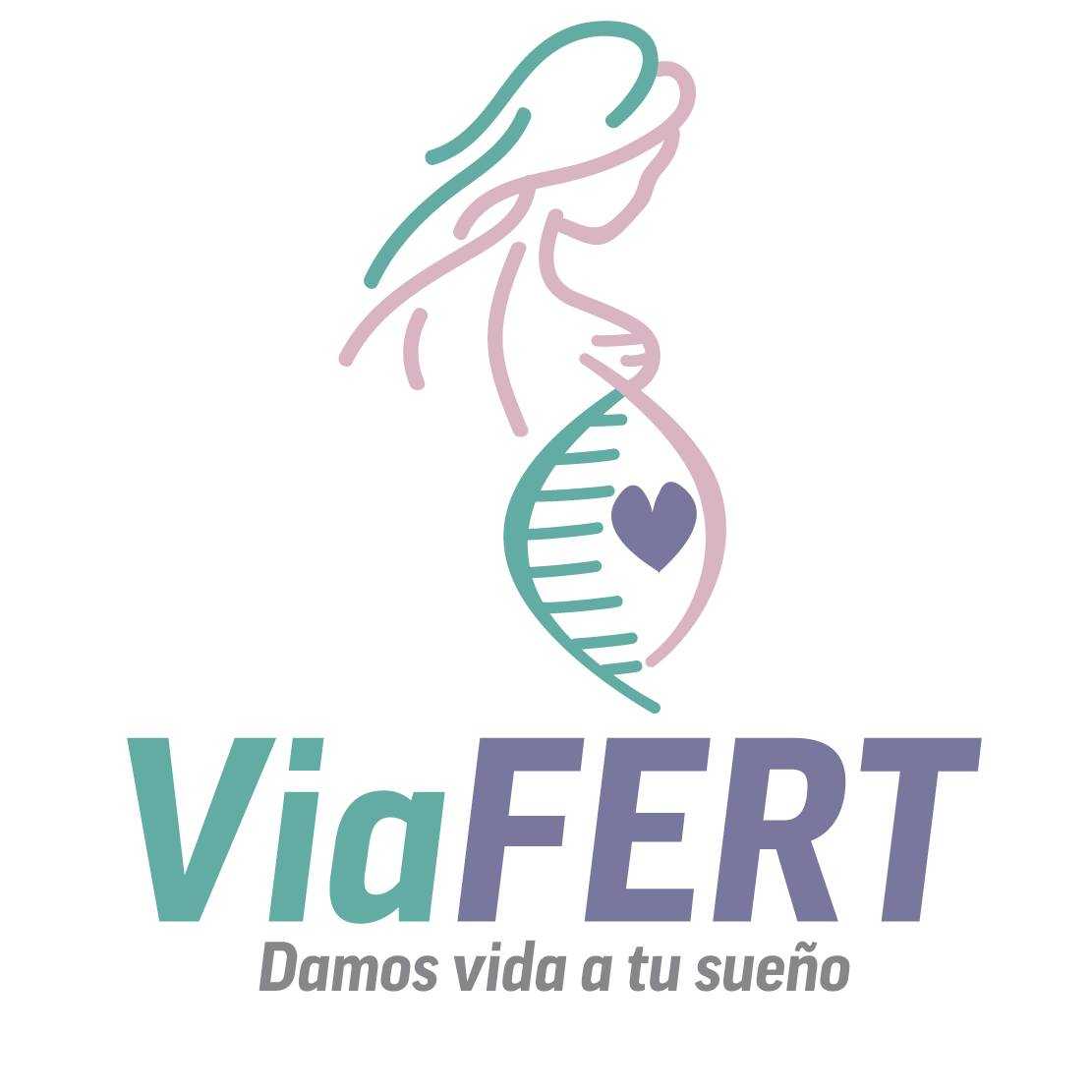
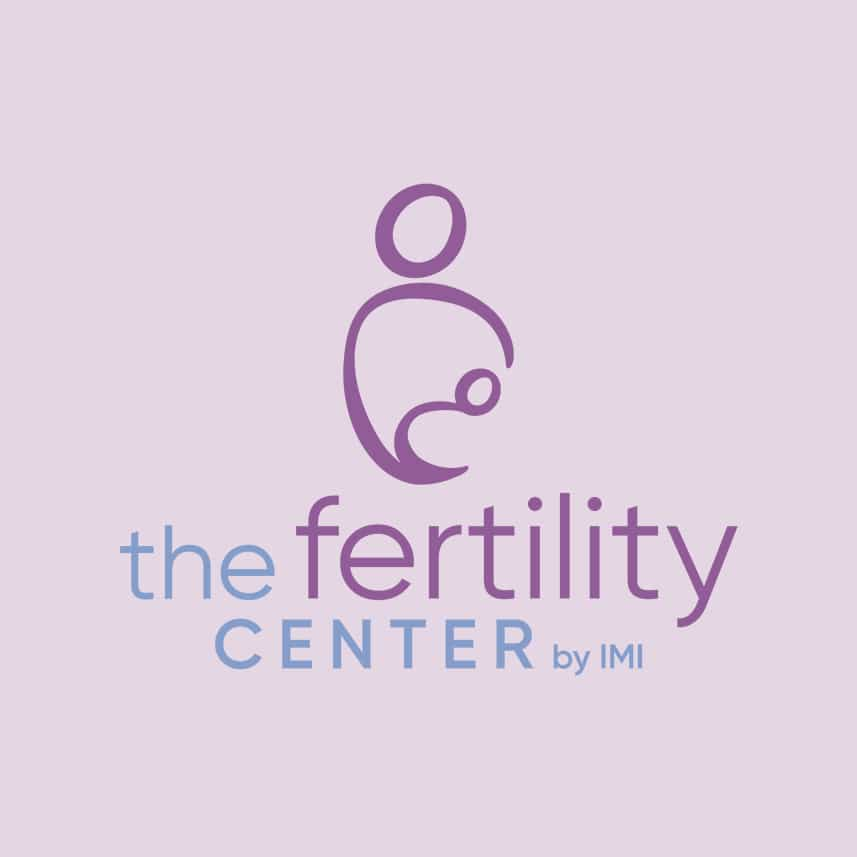


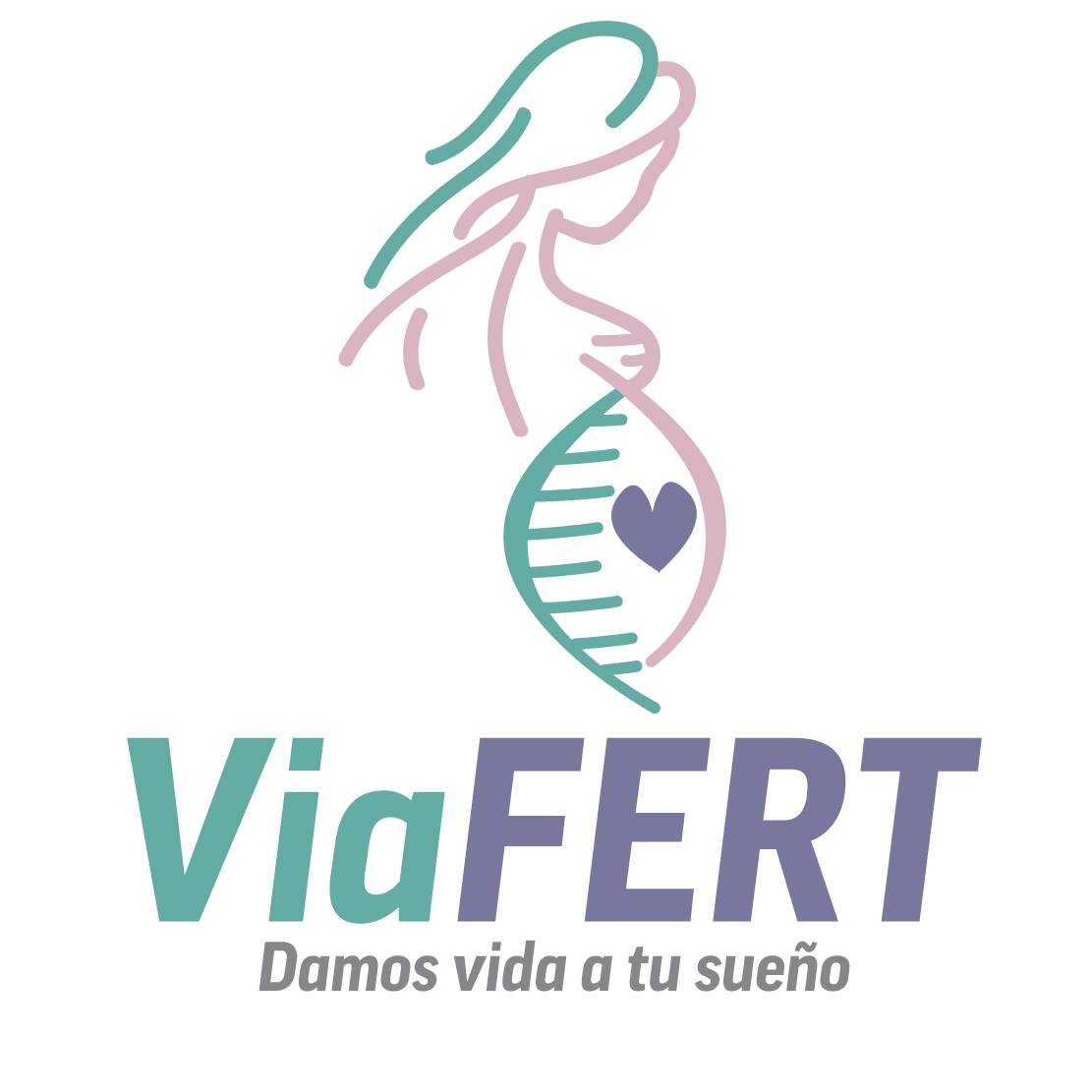

Share this listing